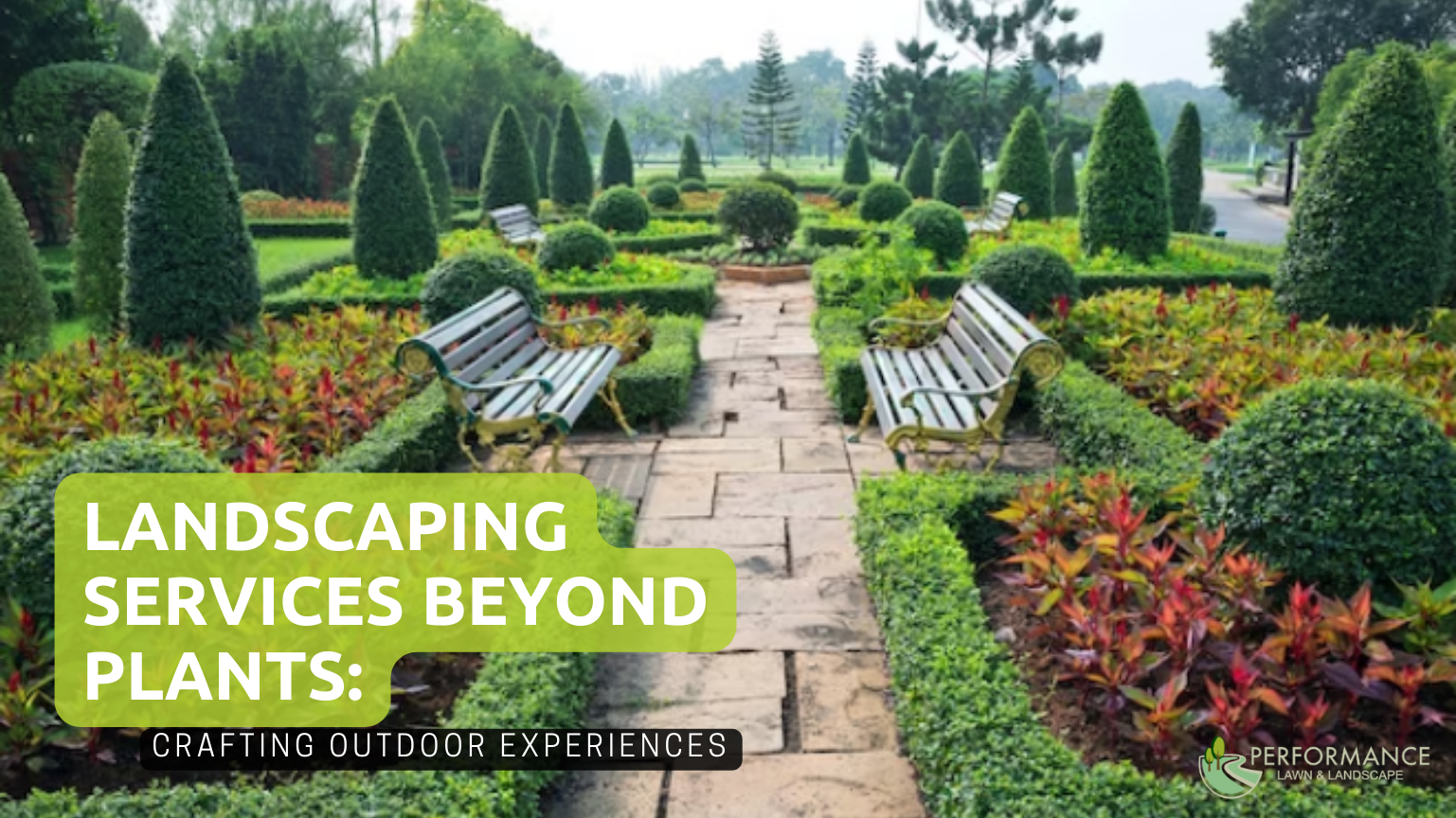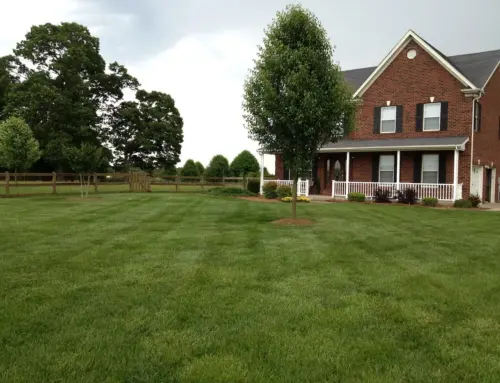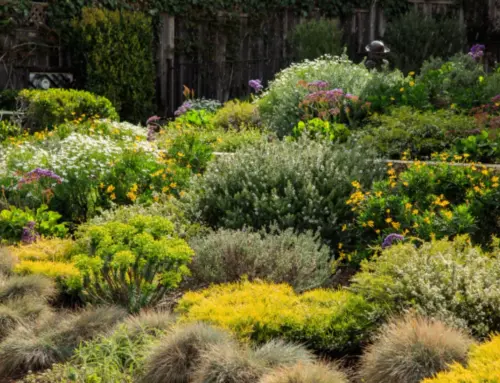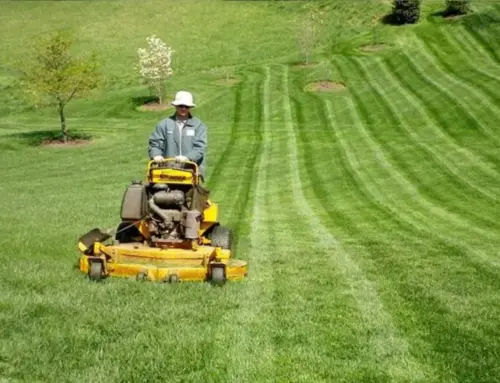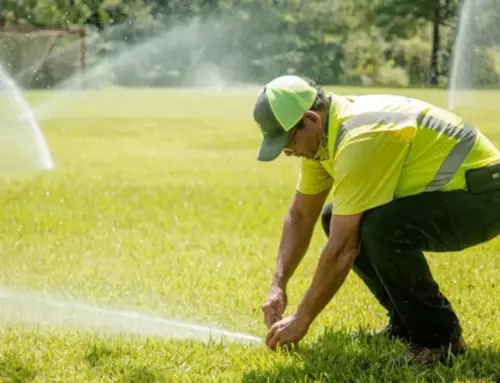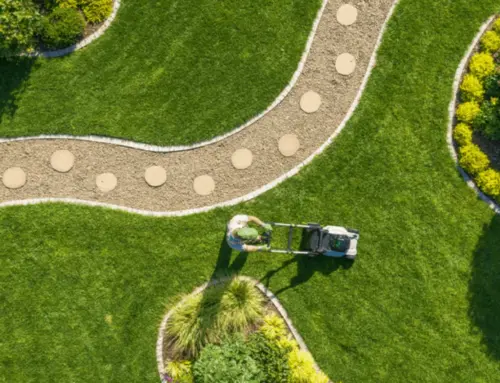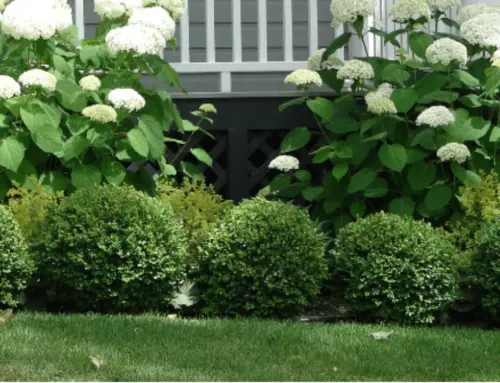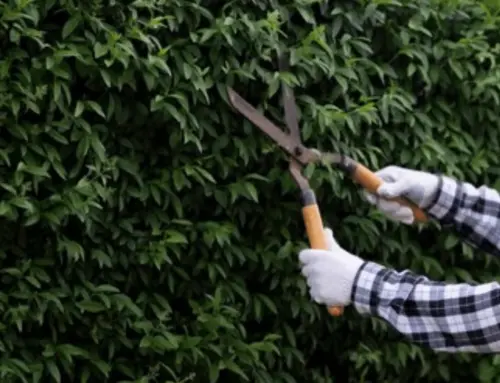When we hear the word ‘landscaping’, our minds often wander to lush green lawns, vibrant flower beds, and neatly trimmed hedges. But here at Performance Lawn and Landscapes, we believe that landscaping extends far beyond mere plant selection and arrangement. It’s about crafting a unique outdoor experience that caters to the senses and seamlessly blends with the environment. And while plants form a significant part of this canvas, there are many more facets to consider.
A well-crafted outdoor space is like a symphony where each element, from the soft hum of a water fountain to the intricate patterns of a stone walkway, contributes to the overall experience. It’s not just about creating a beautiful sight, but also about curating an ambiance that resonates with relaxation, rejuvenation, and inspiration.
One of the most captivating elements that go beyond plants is water. Water features, like ponds, waterfalls, and fountains, bring a sense of tranquility to any outdoor space. The gentle ripple of water, whether it’s from a serene pond or a cascading waterfall, has a mesmerizing effect. It not only becomes a focal point for the eyes but also offers a calming background sound that drowns out the urban noises and nurtures the soul.
But it’s not just about adding water for beauty’s sake. Water features can also serve a functional purpose. For example, a well-placed fountain can act as a natural humidifier, providing moisture to the surrounding plants and cooling the environment during hot summer days.
Hardscaping is another vital component that complements and contrasts the softness of the plants. From stone pathways winding through the garden to rustic wooden decks and patios, hardscaping creates structure and defines spaces. It provides the necessary balance, ensuring that the landscape isn’t just a wild sprawl of green but has form and function. Imagine a backyard fire pit surrounded by a circular stone bench or a cozy pergola draped in vines, offering shade on a sunny day—these are the kinds of spaces that beckon you to sit down, relax, and soak in the ambiance.
Lighting, though often underestimated, plays a pivotal role in shaping the nighttime outdoor experience. With the right lighting, one can highlight specific plants, illuminate pathways, or create a soft, dreamy atmosphere. Picture a garden bathed in the soft glow of lanterns or the shimmering reflections of light on water. Such subtle touches can transform an ordinary garden into a magical haven when the sun sets.
Lastly, outdoor furniture and décor help in crafting comfortable and aesthetically pleasing settings. Be it a swing nestled among the trees, a hammock stretched between two pillars, or art pieces that capture the essence of nature; these elements provide the finishing touches that make an outdoor space truly inviting.
At Performance Lawn and Landscapes, we understand the importance of crafting holistic outdoor experiences. It’s about creating a harmonious blend of plants, water, stone, light, and décor. Every garden or outdoor space has a unique story to tell, and our job is to bring that narrative to life. By weaving together these different elements, we ensure that our clients don’t just get a garden; they get an outdoor sanctuary that resonates with beauty, function, and emotion.
Unveiling the Magic of Landscape Artistry: A Deep Dive into Processes and Planning
The world of landscaping is as diverse as it is enchanting. For the uninitiated, the depth of processes, planning, and activities involved in crafting a picturesque outdoor setting might seem overwhelming. Let’s demystify this artistry by addressing some of the most frequently asked questions.
What are landscape activities?
- Site Analysis: Before any design work begins, it’s essential to analyze the existing landscape. This involves assessing soil quality, understanding sunlight patterns, and noting existing structures or plants.
- Soil Preparation: Ensuring the soil is healthy and ready to support new plant life. This can include activities like tilling, fertilization, and pH balancing.
- Planting: The act of introducing new plants, trees, shrubs, or flowers to the landscape. Selection depends on the specific needs and desires of the project.
- Maintenance: Regular tasks that keep a landscape looking its best. This includes watering, pruning, mowing, and pest control.
- Hardscaping: The introduction or maintenance of non-living elements such as patios, walkways, or water features.
What is the landscaping process?
- Consultation: Meeting with the client to understand their vision, needs, and the scope of the project.
- Design Development: Creating a blueprint of the proposed landscape, which might include sketches, 3D models, or digital renderings.
- Site Preparation: Clearing the site of any undesired structures, plants, or debris and preparing it for the new design.
- Installation: Implementing the design, which may involve planting, building hardscape elements, and setting up irrigation systems.
- Evaluation: After installation, assessing the landscape to ensure it aligns with the original design and making any necessary adjustments.
How do you make a good landscape design?
- Understand the Land: Always begin by familiarizing yourself with the site’s natural attributes. Knowing the soil type, topography, and local climate is crucial.
- Define Purpose: Determine the primary purpose of the space. Is it for relaxation, entertainment, gardening, or perhaps a combination of these?
- Plan for Growth: Remember that plants grow. When designing, anticipate how the landscape will look months and years down the line.
- Integrate Hardscape and Softscape: Ensure a harmonious blend of living (softscape) and non-living (hardscape) elements.
- Stay Authentic: While it’s great to draw inspiration from various sources, ensure the design feels genuine to the location and resonates with the client’s personal taste.
What are the activities of landscape design planning?
- Client Briefing: Engaging with the client to understand their needs, preferences, and budget.
- Site Surveying: Detailed analysis of the site to gather data on dimensions, soil quality, existing structures, and other crucial factors.
- Conceptualization: Developing a preliminary design concept, which is often a rough sketch or outline of the proposed landscape.
- Material Selection: Choosing the right plants, stones, woods, and other materials that will be used in the project.
- Budgeting and Timeline Creation: Estimating costs and setting a realistic timeline for project completion.
In the realm of landscaping, every piece of land tells a unique story. The process of crafting this narrative involves meticulous planning, a keen understanding of the land, and a vision that harmoniously fuses both aesthetics and functionality. While the above answers offer a glimpse into the intricacies of landscape artistry, it’s the heart and passion behind every shovel of soil and every planted seed that truly make a landscape come alive.
In essence, landscaping isn’t just about planting trees and shrubs. It’s an art form, a journey of creating spaces that inspire, soothe, and rejuvenate. And here at Performance Lawn and Landscapes, we are committed to taking you on that enchanting journey, crafting outdoor experiences that linger in the heart long after the sun has set.

